Three Types of Rocks Song and Video
If you are trying to get your students to learn and memorize the three types of rocks, Igneous, Metamorphic, or Sedimentary the try using this catchy toon.
If you are trying to get your students to learn and memorize the three types of rocks, Igneous, Metamorphic, or Sedimentary the try using this catchy toon.
Unlock the secrets of transparent glass with this captivating and informative video. Through stunning animations, the video unveils the science behind the creation of glass, shedding light on the crucial role played by silica, oxygen, and light in the process. This engaging educational resource offers valuable insights into the science behind everyday objects. Expand your knowledge today and watch this enlightening video.
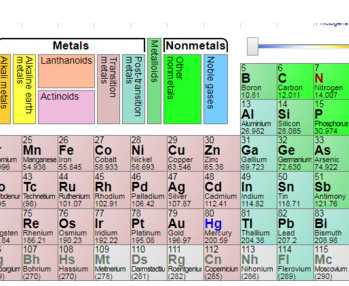
This Google search activity allows students to go to the internet to search for specific minerals and then to use the Periodic Table to discover what elements the mineral is made out of. This activity usually takes a full 50 minutes for the students to find all of the answers. Students will investigate 12 different minerals and which elements make the mineral up. They will look at a periodic table and decide whether the elements are metals or nonmetals. Students will also search the internet and find out some industrial uses for each mineral.
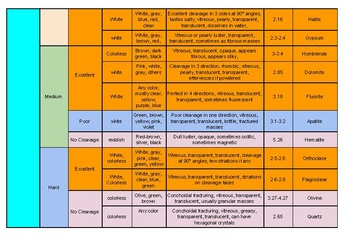
This is an assignment I give my students before they actually take their mineral identification test. In this activity, the minerals have already gone through the individual characteristics tests such as luster, hardness, color, streak, and other mineral properties. This assignment is to give students practice using a dichotomous key that can help them identify minerals. This assignment also contains vocabulary words commonly used when identifying minerals.
For more Earth Science labs and resources visit EarthScience.xyz
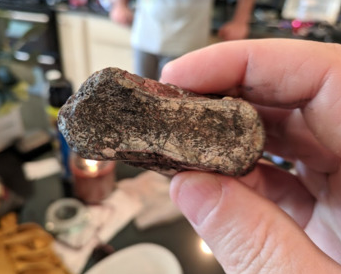
In this 7-12 Earth Science lab, students will get a chance to hone in on their observation and inference skills. Students will work in groups to observe 4 different rocks. They will make inferences about the environment that the rocks came from as well as take an educated guess as to which rock type the rock belongs, igneous, metamorphic, or sedimentary. Students will write those observations down and then share one of their rocks to the class. This lab is meant to be done before getting into the nitty-gritty of rocks which will happen in the nest assignment.
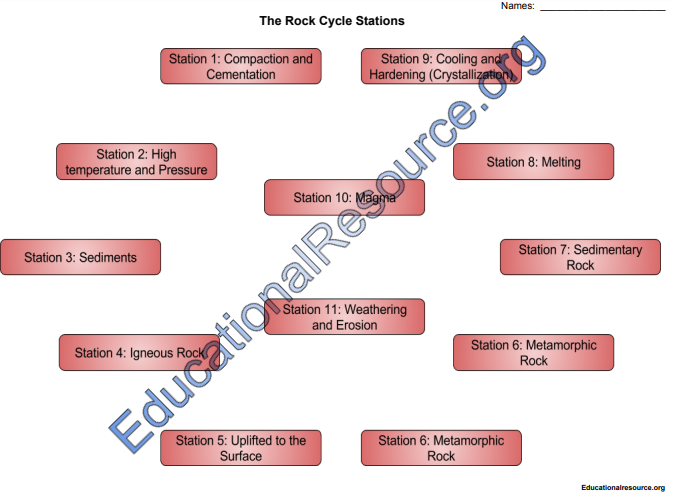
Looking for a new way to teach the rock cycle? Check out this exciting twist on a classic activity from EducationalResource.org! In this activity, students roll a die and follow instructions to create their own unique rock cycle. This hands-on approach helps students understand that there is no one set path for a rock to follow as it undergoes the process of becoming a new type of rock. As a class, students can share their individual rock cycle paths and compare them to see the infinite possibilities that exist within the rock cycle.
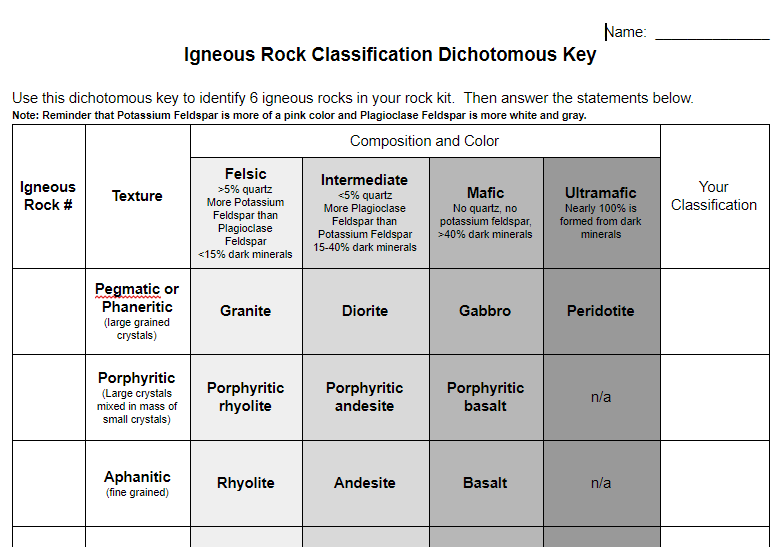
In this lab, students will identify up to 6 igneous rocks. They will practice using a dichotomous key in order to ID their rocks. Students will have a better understanding of igneous rock texture, composition, and color. There are four questions at the end of the lab that will review crystallization, intrusive and extrusive rocks. I give this assignment after our study on igneous rocks, so this is a great assessment activity as well. I have also included my own thoughts and instructions to help you implement this activity in your classroom.
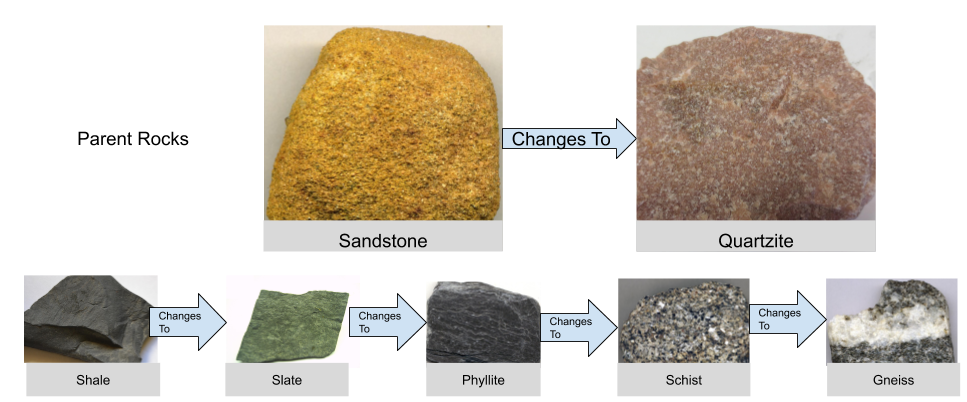
Students will research 8 common metamorphic rocks. Marble, quartzite, hornfels, slate, phyllite, schist, gneiss, and amphibolite. Students will have a better understanding of what foliated vs. non-foliated rocks look like. They will understand what a parent rock is and review some of their mineral knowledge by researching what some of the most dominant minerals are in these particular metamorphic rocks. Finally, when they are done they will discuss with their groups some higher-order thinking questions that will drive the class discussion when the assignment is completed.
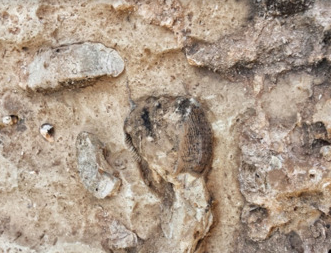
In this activity, students will hone their observation, inference, and making conclusions skill by trying their best to use a dichotomous classification key to determine the name of their rocks. This Earth Science lab also contains a dichotomous key used for teaching students how sedimentary rocks are classified.
Find more Earth Science lessons and labs at EarthScience.xyz.
Other rock and mineral identification labs can be found at:
In this lecture, the use and importance of ores are discussed. Gemstones and gems are discussed visually. Titanium and its use are discussed. An assignment is given at http://earthscience.xyz/MineralOre.